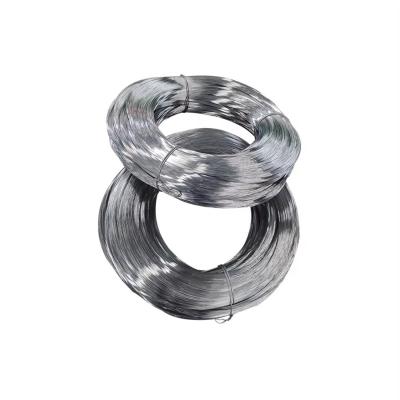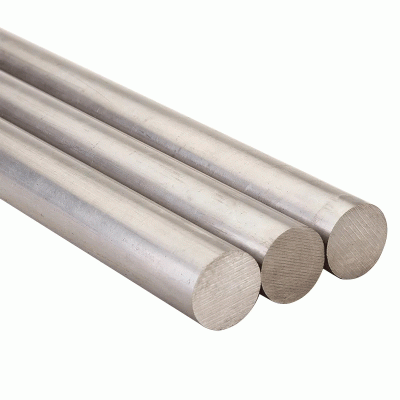Industry trends: the corrosion resistance of stainless steel mostly adopts grade 10 standard
corrosion resistance includes rust resistance and resistance to acid, alkali, salt and other corrosive media, as well as oxidation resistance, vulcanization, chlorination and fluorination at high temperature. Since different stainless steels are mainly selected to solve various corrosion problems encountered in practical engineering, how to improve the corrosion resistance of stainless steel in corrosive environment is the first thing to be considered by material selection personnel. Corrosion is the damage caused by chemical or electrochemical action between metal and medium, and corrosion resistance refers to the ability of stainless steel to resist the corrosion damage of medium. Therefore, when corrosion resistance is involved in material selection, the following points should be paid attention to.
The standard of corrosion resistance is artificially determined. It should be recognized and used, but it can not be bound by it. The specific standard of corrosion resistance should be determined according to the specific application requirements. At present, grade 10 standard is mostly used for the corrosion resistance of stainless steel. Which grade is selected as the corrosion resistance requirement should consider the characteristics of equipment and parts (thickness and size). Requirements for service life and product quality (such as impurities, color and purity). Generally speaking, level 1 ~ 3 standards can be selected for equipment, instruments and components requiring smooth mirror or precise size during use; For the equipment requiring close cooperation, long-term non leakage or limited service life, the components shall be selected as grade 2 ~ 5. For the equipment requiring low maintenance convenience or short service life, the components can be selected as grade 4 ~ 7. Except for special exceptions, the stainless steel with an annual corrosion rate of more than 1mm under service conditions is generally not selected. It should be pointed out that the grade 10 standard is not applicable to local corrosion.



